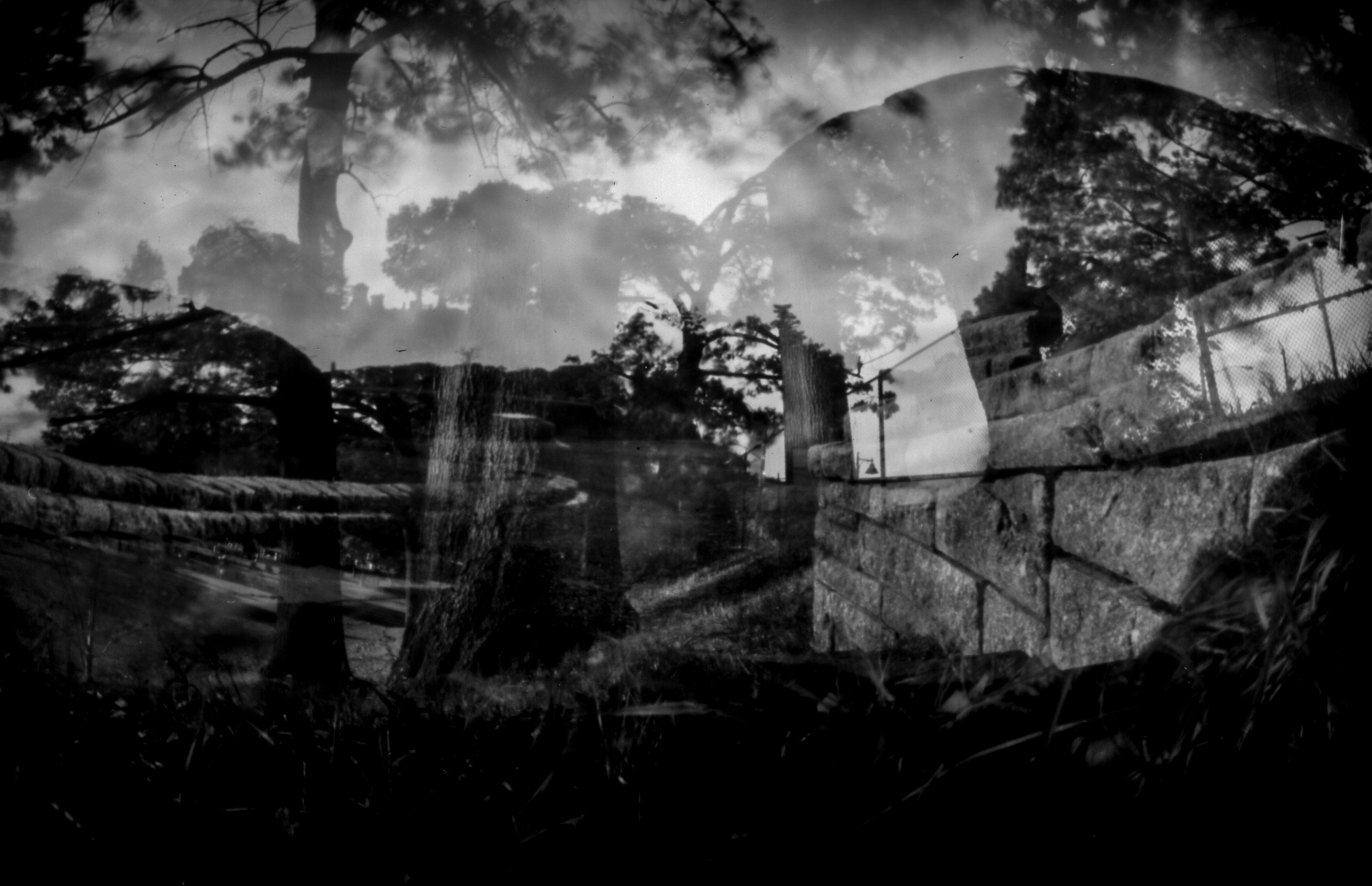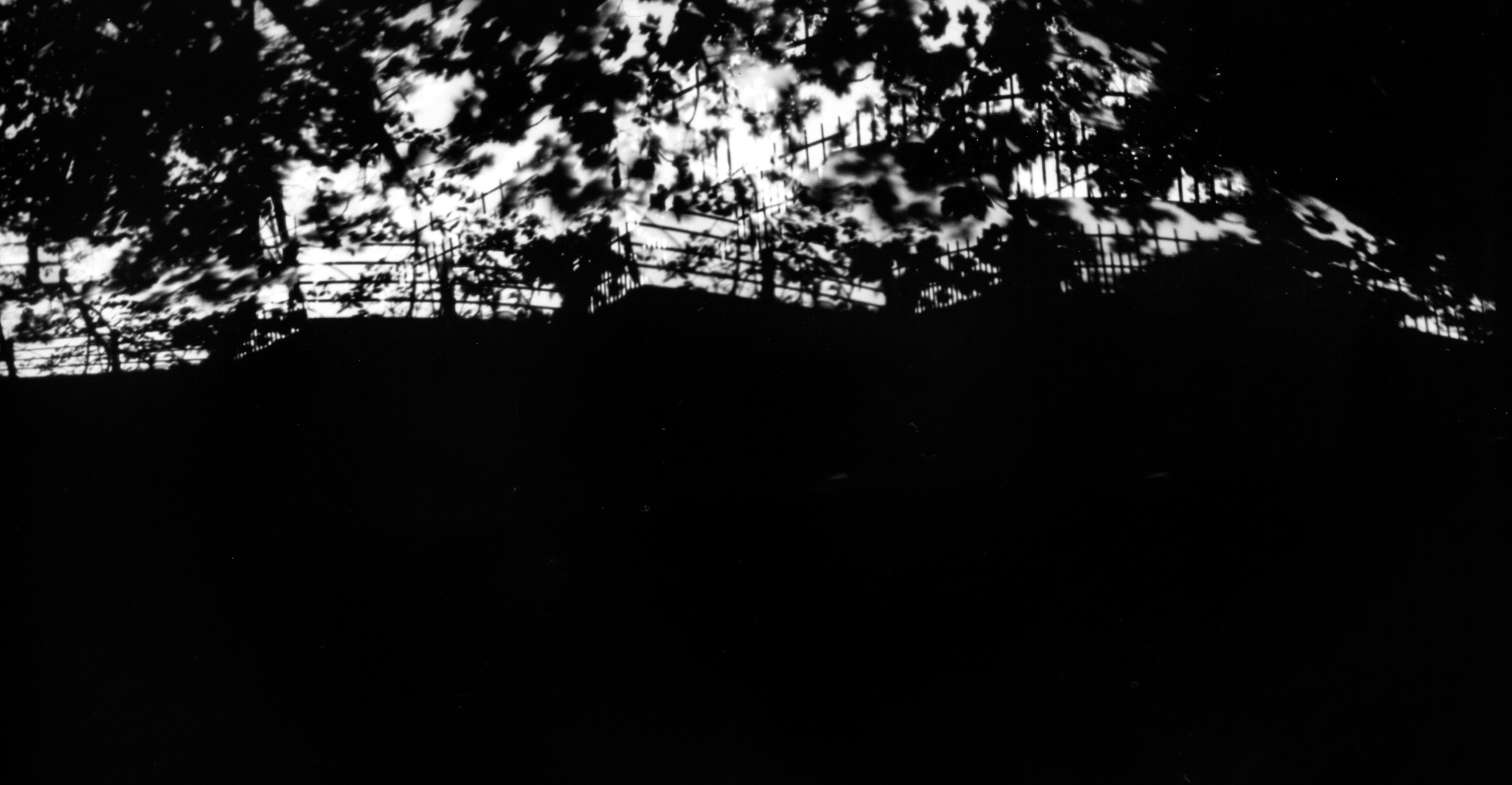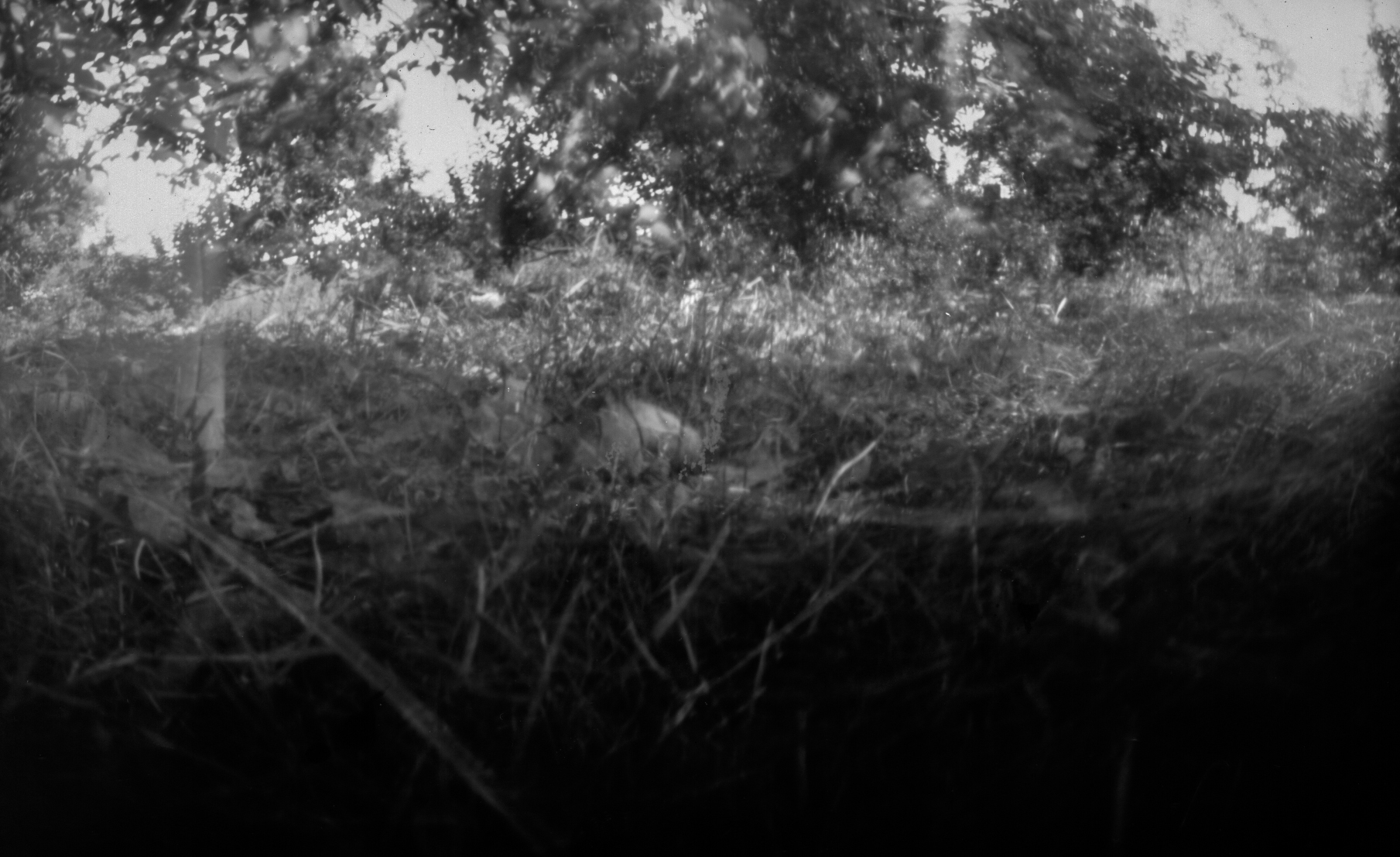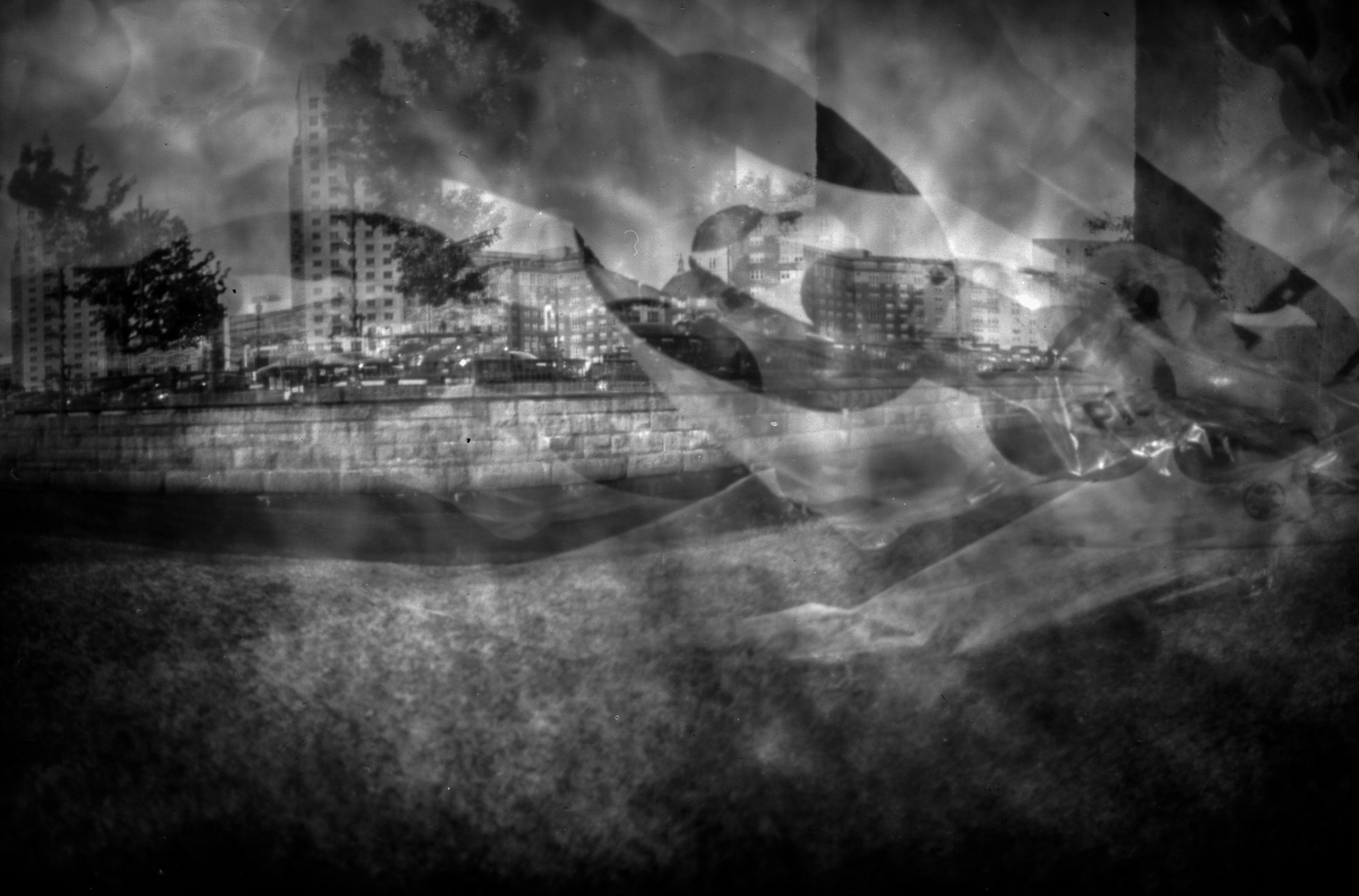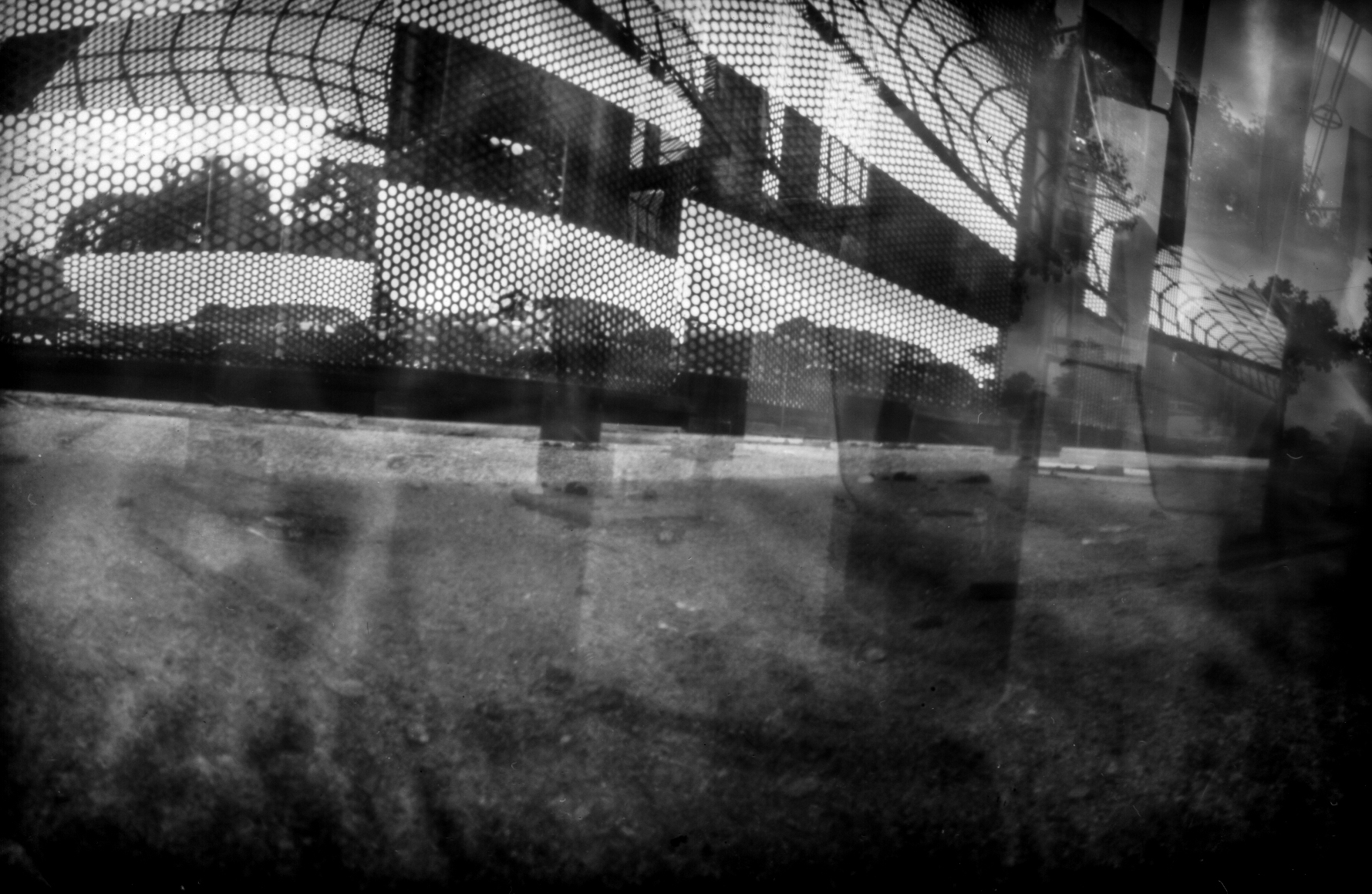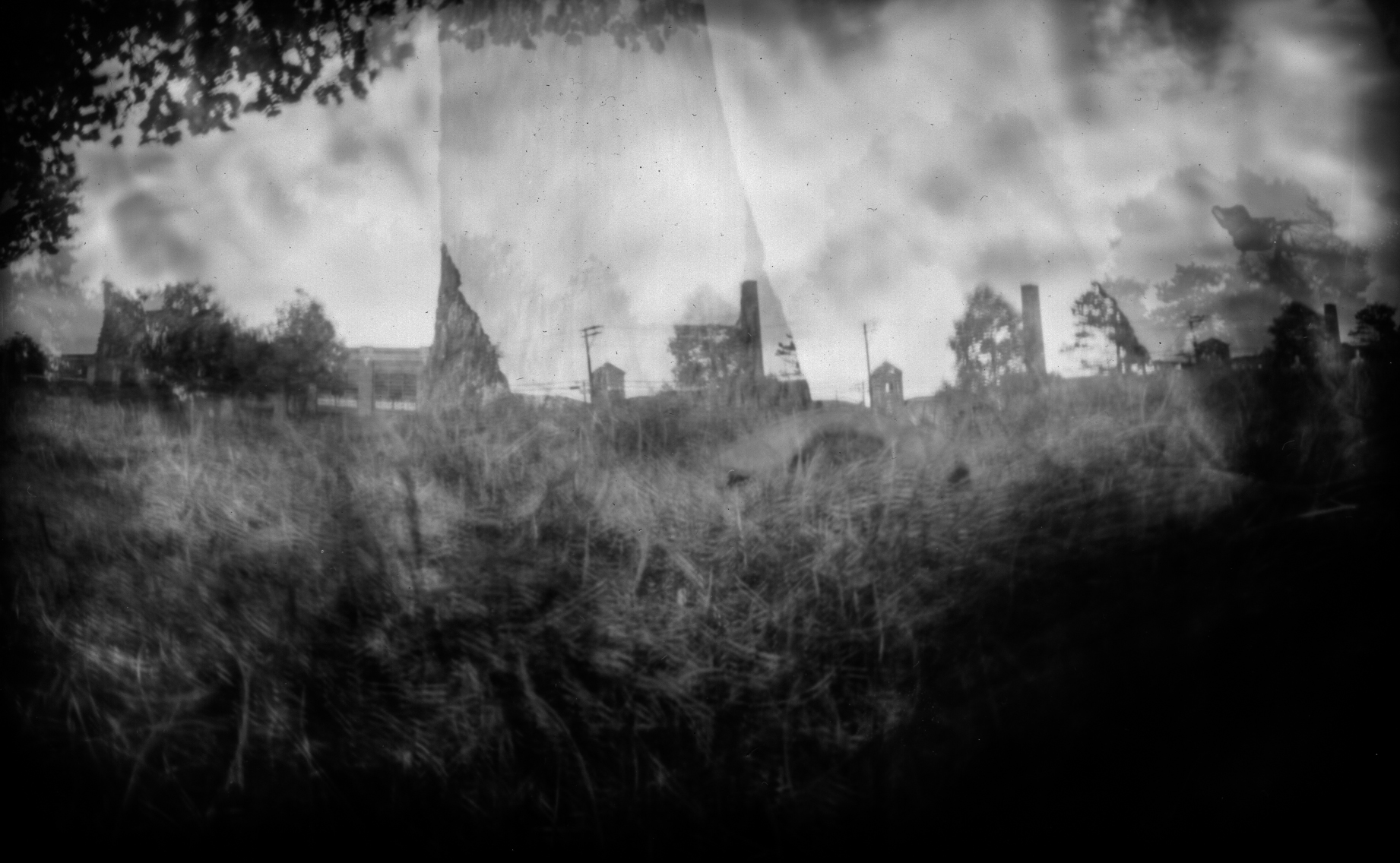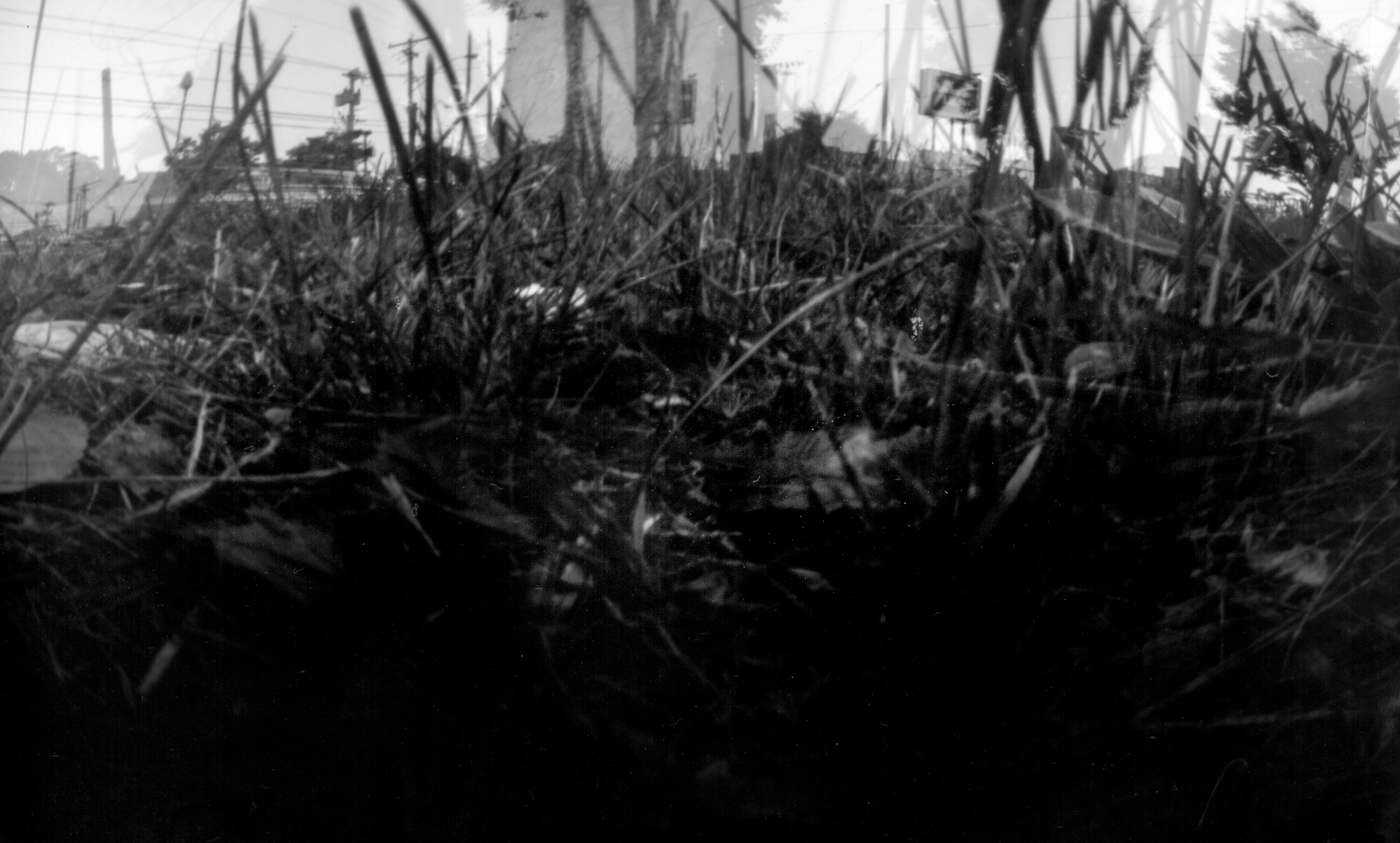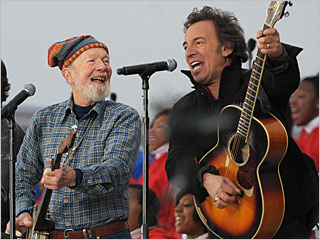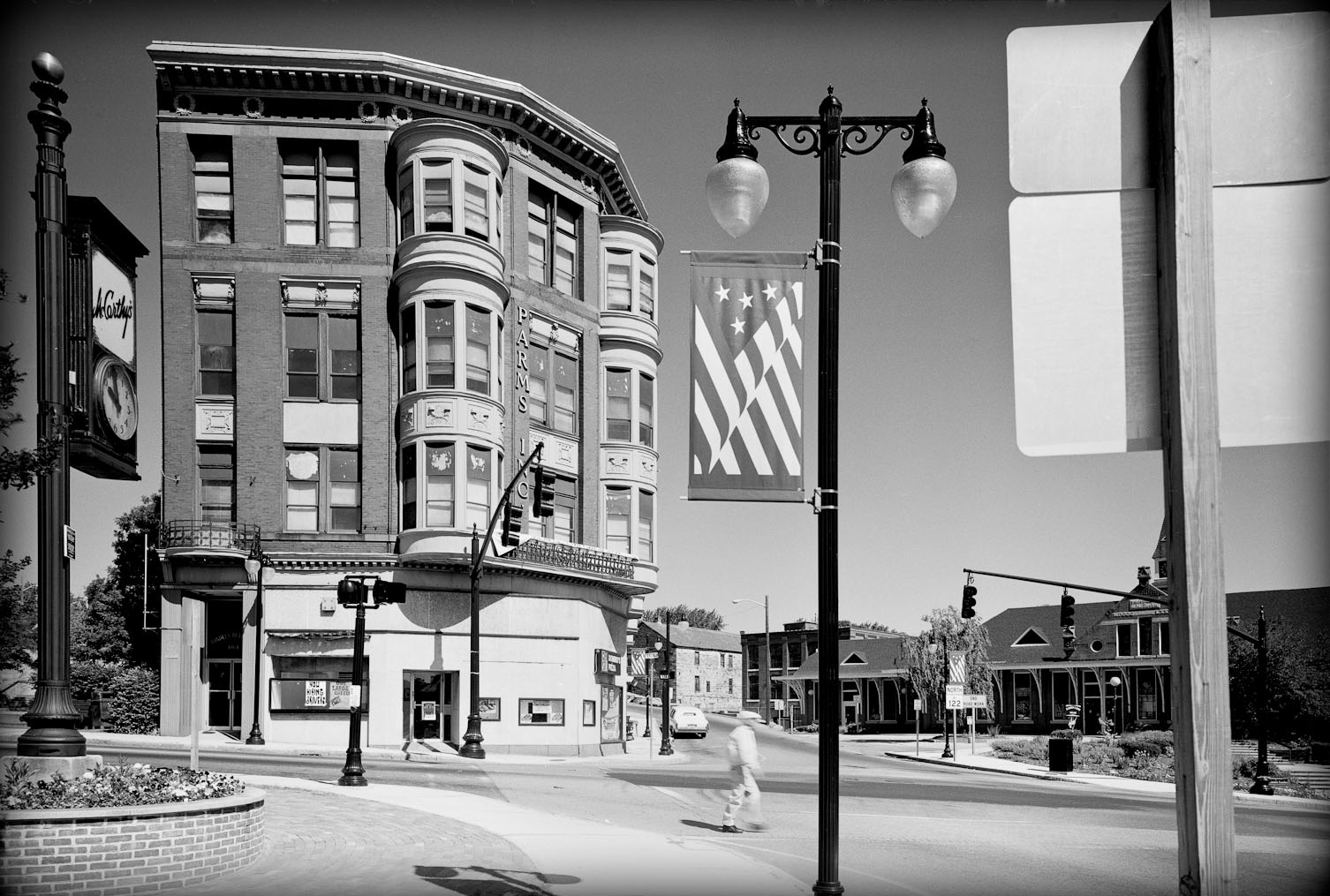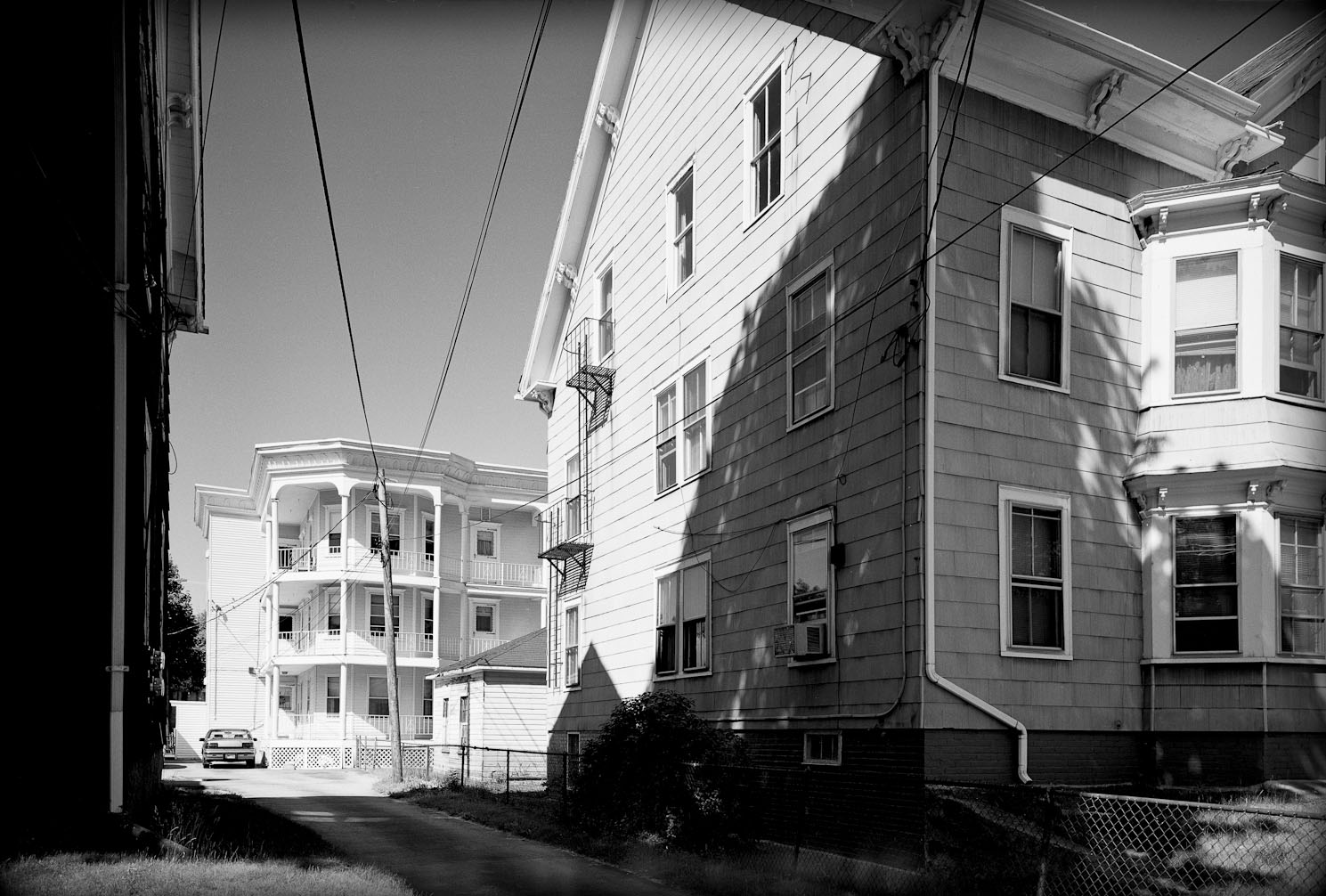Photographs by Erik Gould, Adrienne Adeyemi and Sothdra Nguon-Devereaux
Audio recordings by Adrienne and Sothdra, audio montage edited by Erik
This photo essay is a collaboration of sorts between myself and two students I worked with while as a mentor at New Urban Arts, an arts based after school program for Providence high school students. Both Sothdra and Adrienne had assisted me on a project I did in partnership with NUA called the Providence Project. This was a neighborhood by neighborhood photo survey of Providence. We talked many times of going to take pictures of the Broad Street food trucks but during the time of the Providence Project we never did it. I so enjoyed doing photography with the two of them that during the summer before they both went on to pursue college careers we did a number of photo outings. Jesse Banks, studio manager at NUA, good friend and NUA alum also joined in. This trip to Broad Street was one of those outings.
On beautiful Providence July evening Jesse, Adrienne, Sothdra and I set out for Broad Street on Providence's South side to visit the Chimi trucks that set up there nightly. These mobile food vendors park along a stretch of Broad Street from Trinity Square to the Cranston line. I have long had an interest in these food trucks, they seem emblematic to me of new Americans making their way in business, working with what they know and what they have, free of corporate franchises. As a photographer I'm always on the look out for the hand-painted sign and the owner-operated business, that's where you the best stuff. We found a lively energy around these trucks and in the various shops up and down the street. People gathered to talk and hang out, guys with flashy cars would come by to show off. Music came from all over.
We talked about the contrast between that energy and the more subdued atmosphere we found in some other city neighborhoods we had photographed, which are really just a few blocks away. That is something else that I notice about Providence: Providence people keep to their own neighborhoods and they often don't know much of what's happening a few streets away. The Chimi truck scene couldn't be more public but I think many people who live in other neighborhoods would have no idea what I mean if I asked "what do you know about La Casa Del Chimi?" Well, I'm no Chimi expert either so that's why we went over to check it out. As for the Chimi sandwich itself, just like the hot dogs at the ballpark, all food tastes better when eaten out of doors on a summer night.
This piece is also an example of another idea: looking at one scene or one event from multiple points of view and with different recording media. Here we have 4 photographers, one with a big 8x10 camera on a tripod, the other's with more mobile cameras and digital audio recordings. These different sources reflect our individual points of view and also explore the ways that different materials produce different renditions of seemingly the same subject. This aspect of documenting the documentation and looking at how the actions of recording can change the event is something I have often examined and is central to much of my recent work. The 8x10 camera always attracts attention and Sothdra and Adrienne quickly became pros and dealing with interested onlookers while I got my pictures. Recording digital audio was originally Adrienne's idea and came out of many such experiences we had with passers by and the humorous, interesting and sometimes crazy remarks we would often get. The audio here captures street noise, conversation, music, and the steady roar of the Chimi truck generators. Inexplicably it also includes me saying the name "Pee Wee Herman." Have a listen.










